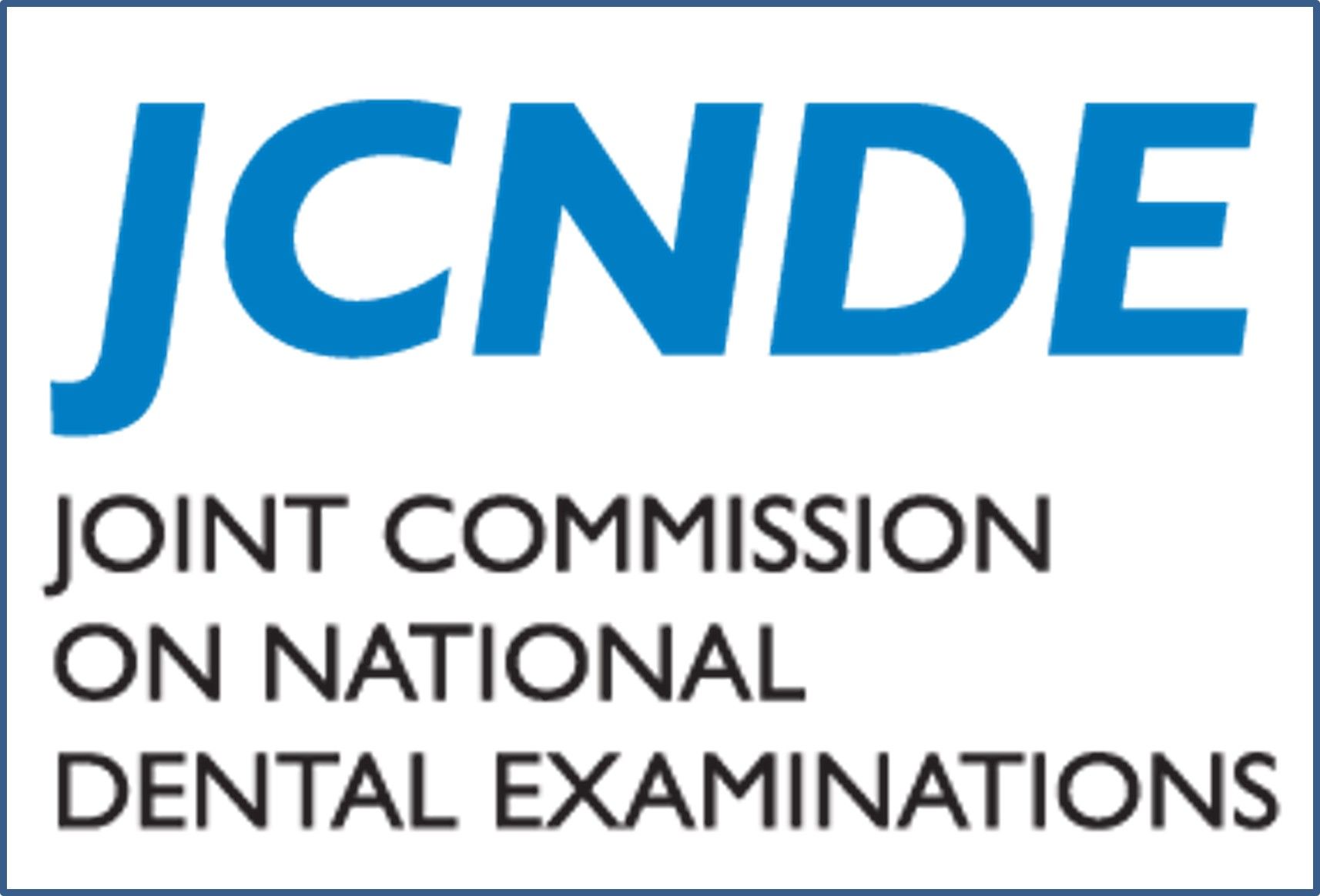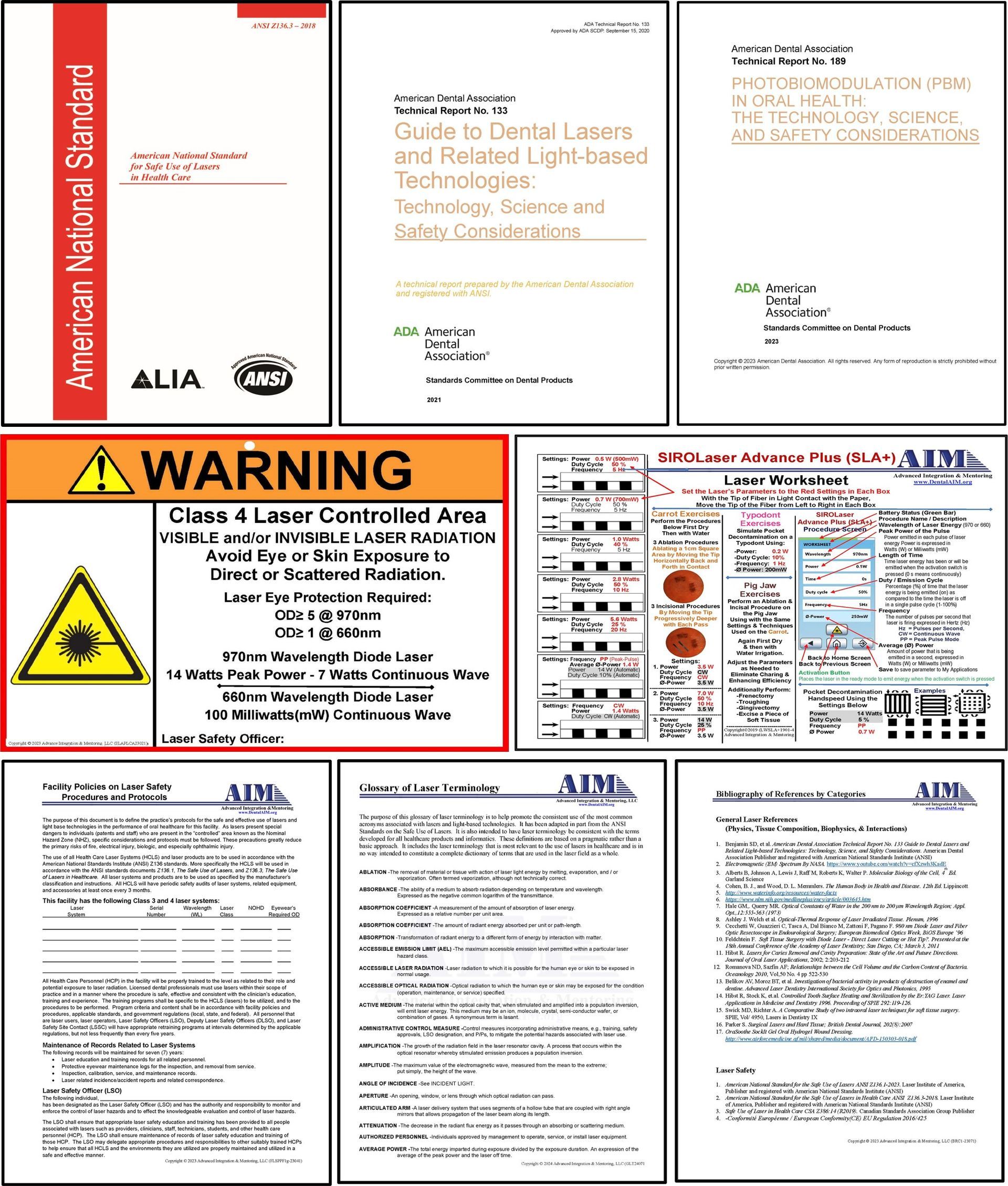Information
for
Academic Laser Educators
“A mediocre teacher tells,
a good teacher explains,
a superior teacher demonstrates,
but the great teachers inspire”
William Arthur Ward


Lasers and related light-based technologies has become a mainstream part of today’s oral health care. The Joint Commission on National Dental Examinations’ s (JCNDE) Foundation Knowledge Area Three (FK3) of the 2018 Foundation Knowledge for the General Dentist document recognized the need for laser education to be part of the academic core curriculum. That document outlined the foundational knowledge, cognitive skills, and abilities necessary for the safe, entry-level practice of general dentistry.
In Section 3.3 it discusses the topics that are being incorporated into the Integrated National Board Dental Examination (INBDE) The areas included in Biophysics and Laser-Assisted Dentistry include the principles of laser usage, the interaction of laser energy with biological tissues, and the use of lasers and related-light based technologies to diagnose and manage oral conditions. Topics encompassed in this area include the benefits and limitations of laser devices for detecting dental caries, the practical use of lasers for surgical procedures involving both hard and soft tissues, and especially safety considerations for the use of lasers.
A primary focus of Advanced Integration & Mentoring is to assist dental and hygiene schools in incorporating a quality science based educational program into the academic educational experience in the didactic, simulation, and clinical curriculum. One of the major challenges is reinforcing that the use of lasers and related light-based technologies is a science and overcoming the perception is that lasers and related technologies are just a “tool or device”, similar to a dental handpiece. The use of lasers and light energy in oral healthcare is a science and art that combines the knowledge of laser physics, anatomy and biologic composition (including the microbiome), physiology, and biochemistry with the practices of clinical techniques. Dr. Scott Benjamin, a faculty members of several schools, and Past-Chair of the ADEA’s Lasers in Dentistry – Special Interest Group, Chair of the ADA Standards Program’s Working Group on Dental Lasers and an active voting member on the ANSI Z136 Committee on Laser Safety has worked with many dental and hygiene schools in developing their laser programs. Dr. Benjamin volunteers his time and knowledge to assist and guide any school in developing their science-based curriculum for their hygiene, pre-doctorial, and / or post-graduate programs on laser and related technologies. He can be reached by phone at 607-563-3927 or email at education@dentalaim.org.

ADEA’s Lasers in Dentistry - Special Interest Group (www.LiD-SIG.org)
The American Dental Education Association's (ADEA) Lasers in Dentistry-Special Interest Group (LiD-SIG) was established in 2005. For more than 20 years the members of the LiD-SIG have been working towards advancing the research on lasers and light energy and properly incorporating the science and use of light and laser energy into the core curriculum of dental and oral health education.
The LiD-SIG's mission is to promote research, education and clinical use and implementation of lasers and light-based technologies in the academic environment of dental and hygiene educational institutions and all forms of dental education throughout North America.
Presently, the LiD-SIG has participation from over 40 institutions and a professional membership of over 100 representing faculty, administrators, practicing dentists, hygienists, dental assistants, laboratory technicians, laser safety officers, and vendors. Additionally, the LiD-SIG has over 100 students as members. Despite the LiD-SIG’s focus is on the academic environment membership is opened to all interested individuals with the desire to promote and further research, education, and use of these technologies in the clinical environment in academic institutions. LiD-SIG has a website with the URL of www.lid-sig.org to assist in promoting their mission Additionally, with the assistance of AIM the LiD-SIG has monthly webinars to help disseminate knowledge and facilitate networking between anyone interested in promoting science-based laser education.
Additional Resources, References, and Material
for Academic Laser Educators
The purpose of the following secured page is to provide information to assist in the development of curriculum and protocols for laser education in the academic environment. Laser education should be incorporated into all pre-doctoral dental, dental hygiene, dental assisting, and post-graduate programs and residencies. The material it contains is constantly being updated. It does and will contain various types of information for downloading to assist in overcoming the multifaceted challenges of laser education in the academic setting. The goal is to provide scientifically based knowledge and resources to enhance the educational experiences in the didactic, simulation, and clinical environment for all levels of dental education. Please check back periodically for additional material that will continue to be added as it becomes available.
Click on the Adjacent Image to Enlarge Some of the Covers Pages Contained in This Area.
To access the secured web page with this information contact
Dr. Scott Benjamin for the password
by phone at 607-563-3927 or email at
education@dentalaim.org.

